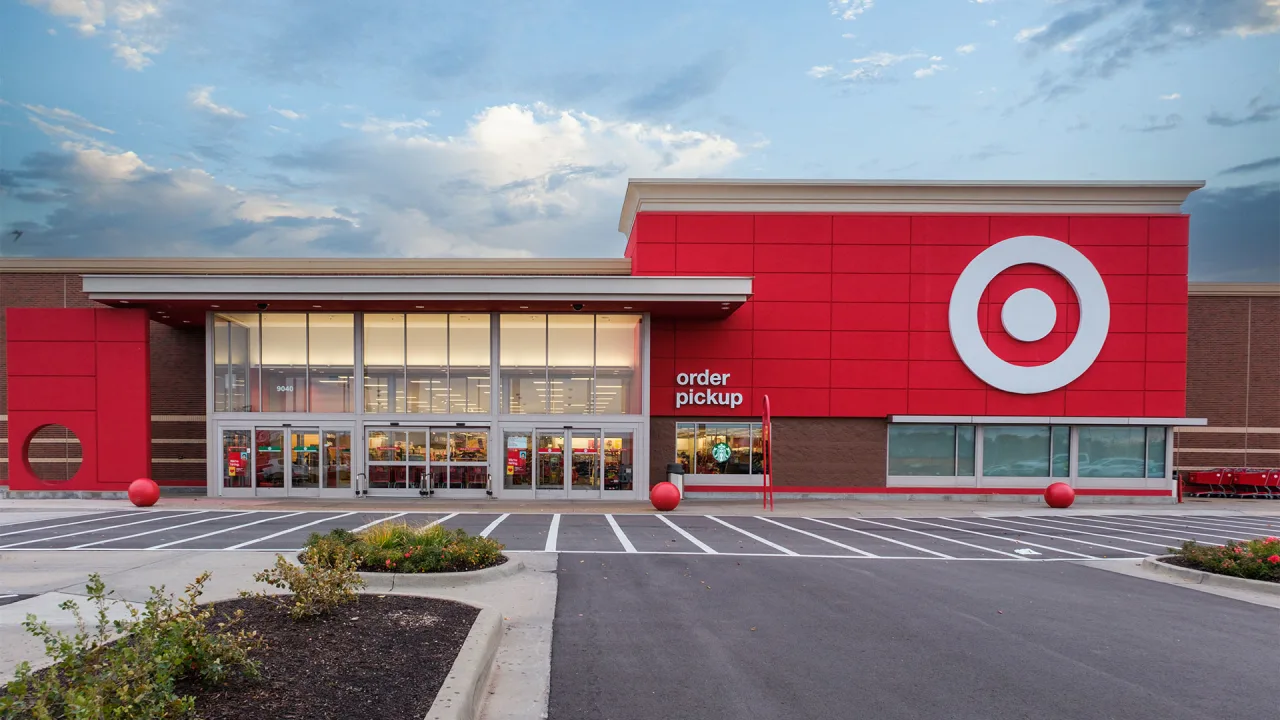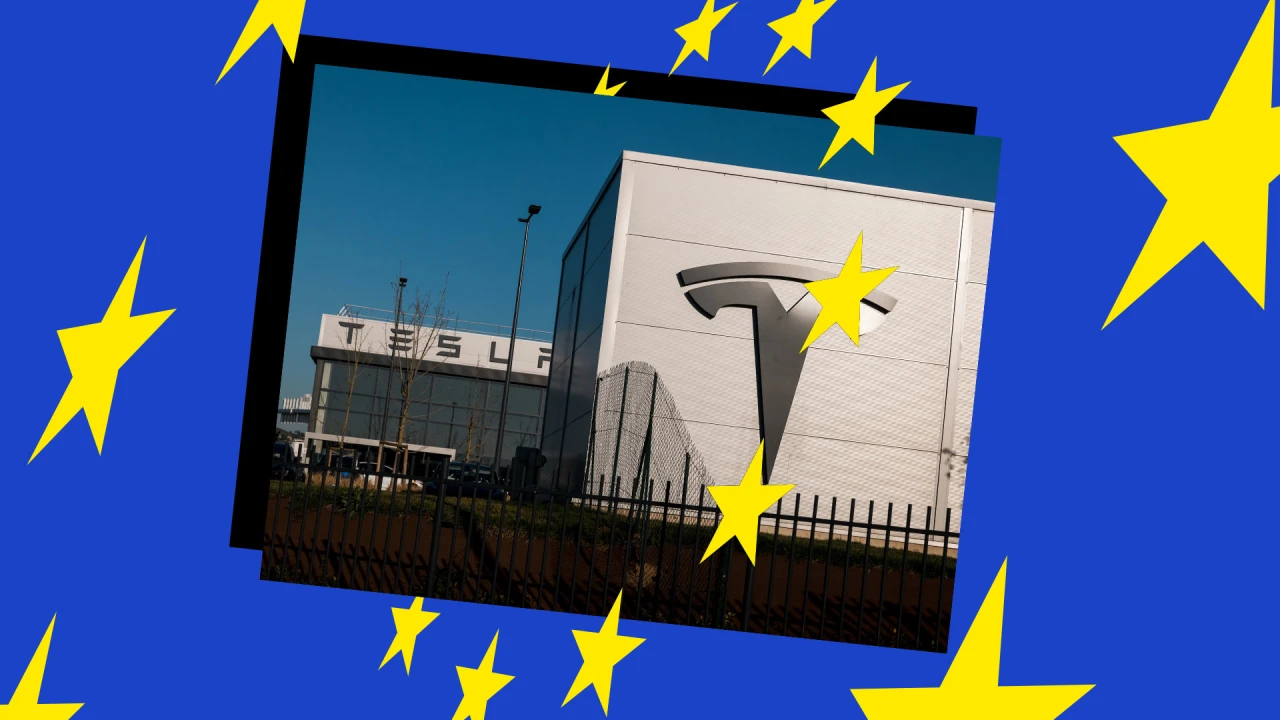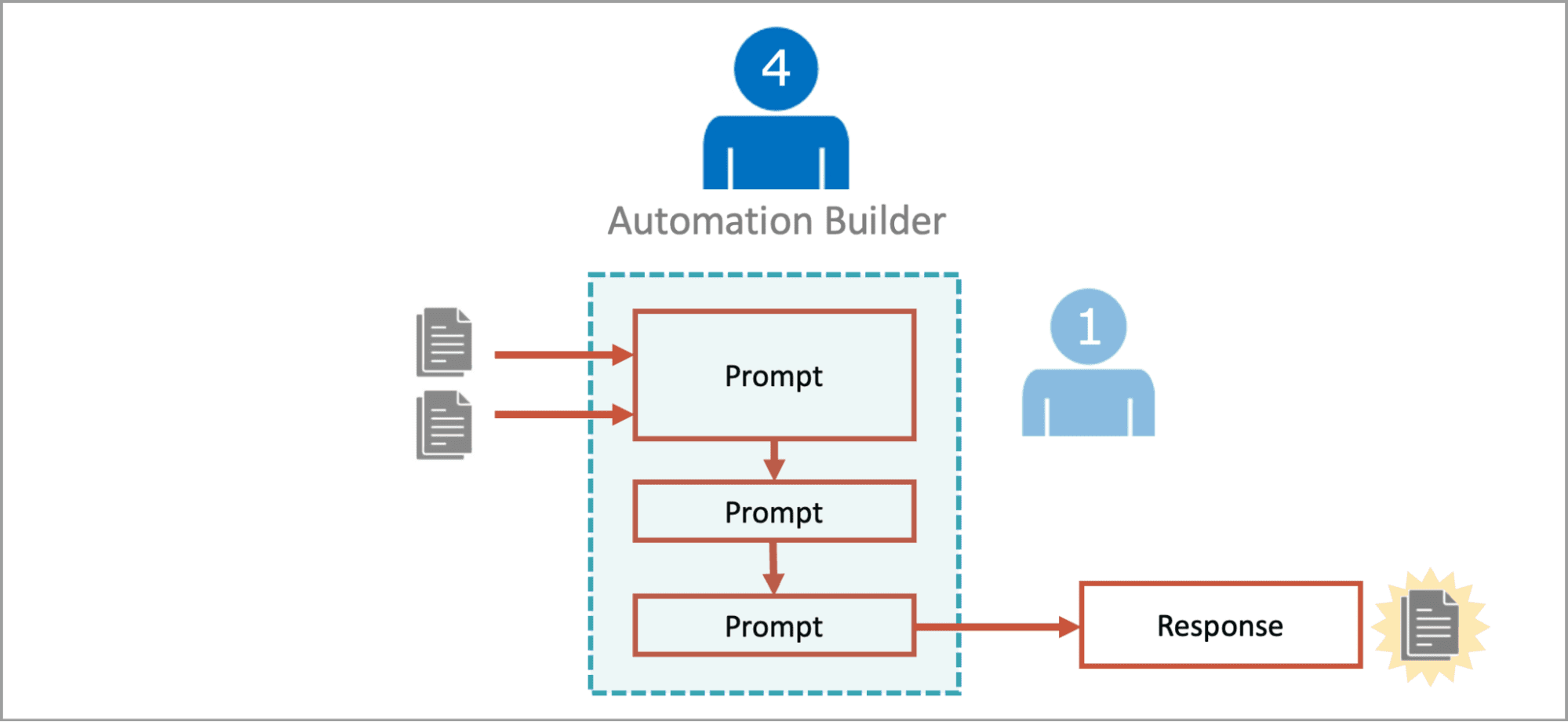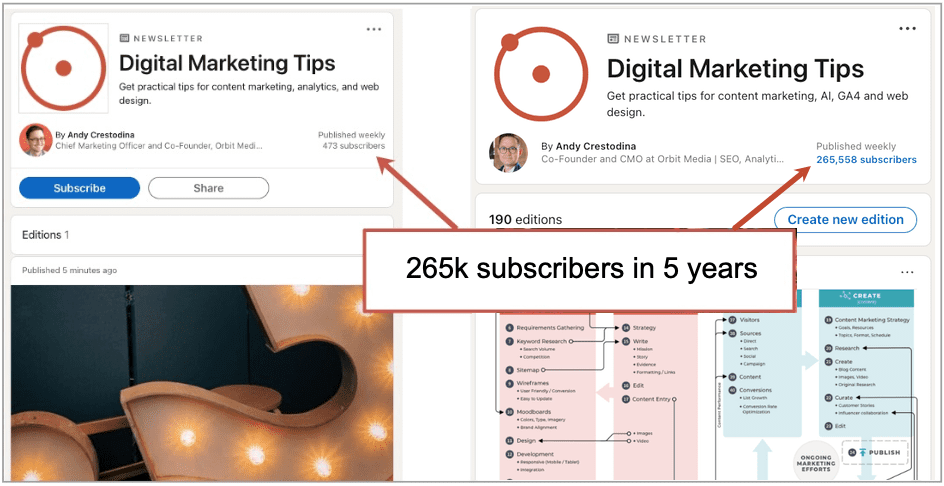Static vs. Dynamic Websites: What’s Right for Your Project?
Choosing between a static and dynamic website depends on your project’s goals, scale, and budget. If you're building a small, low-maintenance site, a static website may be perfect. For larger, interactive, and frequently updated projects, a dynamic website is likely the better choice.

When planning a new website, one of the first decisions you'll face is choosing between a static and a dynamic website. Each type has its own benefits, drawbacks, and ideal use cases. Whether you're building it yourself or hiring the best web developer for the job, understanding the difference between these two options is essential for the success of your project. In this article, we’ll break down the differences, advantages, and how to choose the best option for your project.
What Is a Static Website?
A static website is composed of fixed HTML files stored on a server. Each page is coded individually and delivered to the user exactly as stored.
Key Features of Static Websites:
-
Simple architecture
-
Fast load times
-
Low development and hosting costs
-
Ideal for small websites with fewer updates
Pros:
-
Speed: Static pages load faster since there's no database interaction.
-
Security: Fewer moving parts mean fewer vulnerabilities.
-
Cost-effective: Cheaper to develop and host due to low resource requirements.
Cons:
-
Limited functionality: Not suitable for sites requiring user interactivity or real-time updates.
-
Manual updates: Any content change requires editing HTML files.
Best For:
-
Portfolios
-
Brochure-style websites
-
Landing pages
-
Small business sites with limited content updates
What Is a Dynamic Website?
A dynamic website generates content on the fly using server-side scripting languages like PHP, ASP.NET, or frameworks like Node.js. Pages are built based on user interactions or database queries.
Key Features of Dynamic Websites:
-
Content is pulled from a database
-
Interactive features like forms, user accounts, comments
-
Often integrated with a Content Management System (CMS) like WordPress
Pros:
-
Scalability: Easier to manage large websites with frequent content updates.
-
User interaction: Supports features like search, login, and content customization.
-
Automation: Content updates can be done without touching the code.
Cons:
-
Slower performance: Server-side processing and database queries can slow things down.
-
More complex: Requires more technical resources and expertise.
-
Higher cost: Development and hosting can be more expensive.
Best For:
-
Blogs and news sites
-
E-commerce platforms
-
Membership-based websites
-
Web applications
Static vs. Dynamic Websites: A Quick Comparison
| Feature | Static Website | Dynamic Website |
|---|---|---|
| Performance | Very fast | Can be slower |
| Ease of Updates | Manual | Via CMS or admin panel |
| Development Time | Short | Longer |
| Scalability | Limited | High |
| Security | High | Moderate |
| Cost | Low | Medium to high |
How to Choose the Right One for Your Project
Ask yourself these questions to make the right choice:
-
How often will you update your content?
-
Rarely → Static
-
Frequently → Dynamic
-
-
Do you need user interaction or real-time updates?
-
No → Static
-
Yes → Dynamic
-
-
What’s your budget and timeline?
-
Limited → Static
-
Flexible → Dynamic
-
-
Do you need a CMS for easy editing?
-
Yes → Dynamic
-
SEO Considerations for Static and Dynamic Sites
Both static and dynamic websites can be SEO-friendly if built correctly. However:
-
Static sites load faster, which is a key ranking factor.
-
Dynamic sites allow for better user engagement and structured content via CMS platforms.
Ensure proper use of:
-
Meta tags
-
Responsive design
-
URL structure
-
Sitemaps
Conclusion
Choosing between a static and dynamic website depends on your project’s goals, scale, and budget. If you're building a small, low-maintenance site, a static website may be perfect. For larger, interactive, and frequently updated projects, a dynamic website is likely the better choice.
Still unsure? A hybrid approach—using static pages for some parts and dynamic features where needed—is also an option.






















































































































































